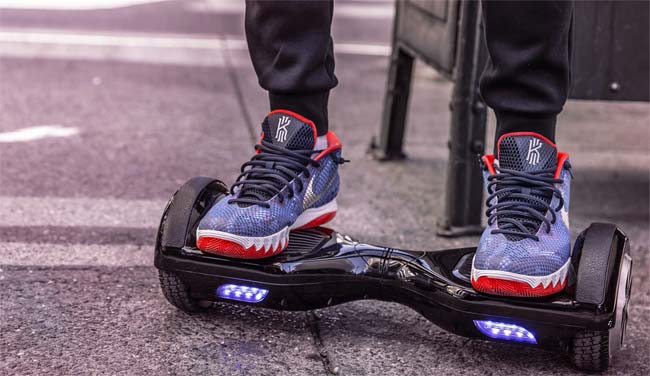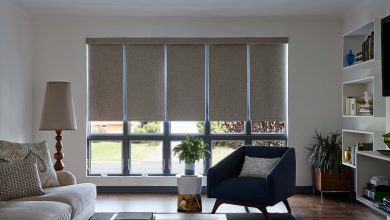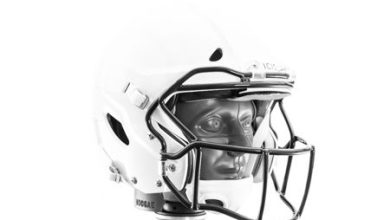How Hoverboards work?

The quest for simpler and faster transportation will always remain a Journey, not a destination. A hoverboard is one of the most popular and desired modes of transportation. These two-wheelers are self-controlling and run on batteries. They look a lot like dumbbell-shaped Hoverboards. However, they first appeared in “Back to the Future” 1989. They became very popular a few years later. Although Hoverboards can’t hover, they are fascinating for understanding how different sensors work. These are also known as Self-Balancing Scooters.
Let’s first understand the 9-axis sensor. These sensors include Gyroscope, Accelerometer, and Magnetometer, each with three axes.
Accelerometer:
Use variable Capacitance to measure position in linear three dimensions (Cartesian Coordinates). We have capacitors for each dimension. One of the capacitor plates is constant, while the other can change its position and are sensitive to changes in position. Changes in the distance between the plates will result in a change in Capacitance and, thus, Voltage. This gives us a quantitative value we can monitor and then use where necessary.
Gyroscope:
This is the most crucial component of the vehicle. The Gyroscope measures angular change through the shift of mass in the gyro. An electronic gyroscope comprises concentric metal rings with a rotating rotor in the middle. A mechanical gyroscope is more compact and has a few different components. It works with the Coriolis Effect. When a mass moves in a specific direction at a given velocity and an external angular velocity is exerted whose axis is perpendicular, then a Coriolis Force will occur. This force will be perpendicular to both of them, leading to perpendicular displacement. This displacement will result in a change in Capacitance, and thus Voltage. We can then calculate a value that corresponds to a specific angular rate.
Magnetometer:
The Hall Effect principle measures the magnetic field and earth’s magnetic fields. We haven’t listed this component in the list below, but you can still make your Hoverboard.
Hoverboard components required
You will need the following essential and minimal components to make your Hoverboard.
- Two Wheels
- Two Motors, Two IR Sensors
- Two Gyroscopes
- Two tilt/speed sensors,
- A Logic Board
- A battery pack
- A Power Switch
- A Plastic Shell
- A strong Frame with a central Pivot (preferably in steel)
- They are charging ports (recommended. If not available, external charging is required every time).
Hoverboard: How does it work?
Hoverboards have a unique Tilt, Gyroscope, and speed sensor. These sensors are usually placed under the frame, where the rider places their feet. A gyroscope informs the logic board of whether the rider tilts forward or backward once the feet are placed on the board. The IR sensor is located below the Foot placement and gives data to the logic board to tell it not to move the motor. They sense pressure on the foot pads and adjust the self-balancing scooters accordingly.
IR sensors are common sensors that use Infrared Rays to obtain reflected data from objects to measure their presence and distance from the sensor. These data can then be used in many applications.
The tilt- and speed sensors measure and transmit the speed data to the gyroscope or logic board to allow for control of the speed.
The Hover Board is similar to the Central Processing Unit of the Hover Board. The main component of this Logic board is Microprocessor. It receives and sends data from all sensors. Then it sends the processed data and its logic to motors for required movement. This provides constant adjustments and gives you a balanced and centered vehicle. It manages the battery power and ensures that it doesn’t go out.
There are many options for this component. However, the most common battery for this application is a 36V 4400mAH. It is possible to make your battery packs using an old laptop battery. However, this is not recommended because you must take care of it!
Specifications for Hover Boards:
These devices can travel up to 15-20kms with a full charge. They are compatible with smooth roads and speeds of 11-12KM/Hr. The time from zero to full charge takes approximately 2 hours and Can carry between 90 and 95 KG. Its price is USD200 to USD300.
You should consider buying one if you’re. The ones with
- It is better to have the rim on the wheels than the wheels. If you want to remain still, push your feet against the wheel to help keep them stable.
- Higher battery quality. There have been very few cases of batteries exploding due to poor insulation. Make sure you check the safety standards for your battery as they don’t offer any protection against over-charging.
- You will need to have the best software and logic program to make full use of the sensors. You should check for lagging issues, as the entire data flow process must be done in real-time to achieve the best results.
- Properly sized wheels are important as larger wheels will require more power and torque to move them. They should not be too small, as they will not be able to support the weight. This can lead to poor speed and power management.
You can choose from many brands, but you can also make your own.
Hover Board Trend:
Hoverboards were first presented as a fictional mode of transportation, but technology made it a reality. It started as a celebrity fad but has since become a mainstream phenomenon. Although it is still in use and high demand for a few years, many problems have impacted its sales and demand. There were injuries from riding the board, and a few exploded, and there were reports that it might be banned. This dragged the trend down. This Self-balancing Scooter has been reborn after all these problems have been overcome. Although it’s not as popular as it was in the past, it’s still very much in demand. The Hoverboard is a great way to travel short distances while looking cool.
Also Read: 10 Beach Wagons, Vetted 10 Different Ways




